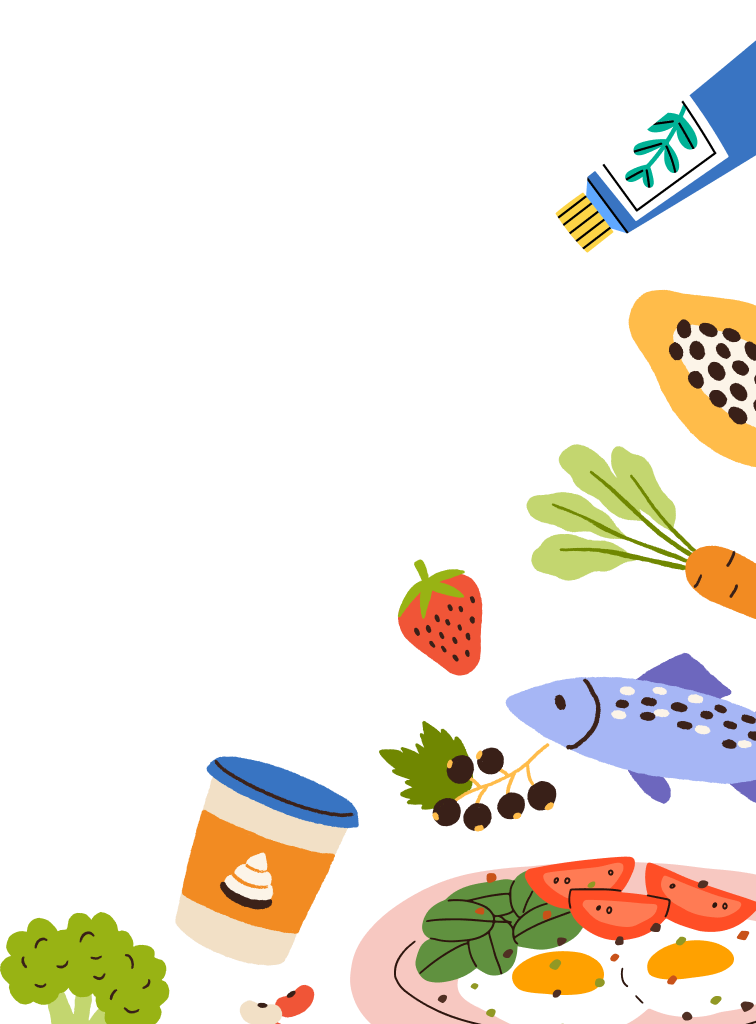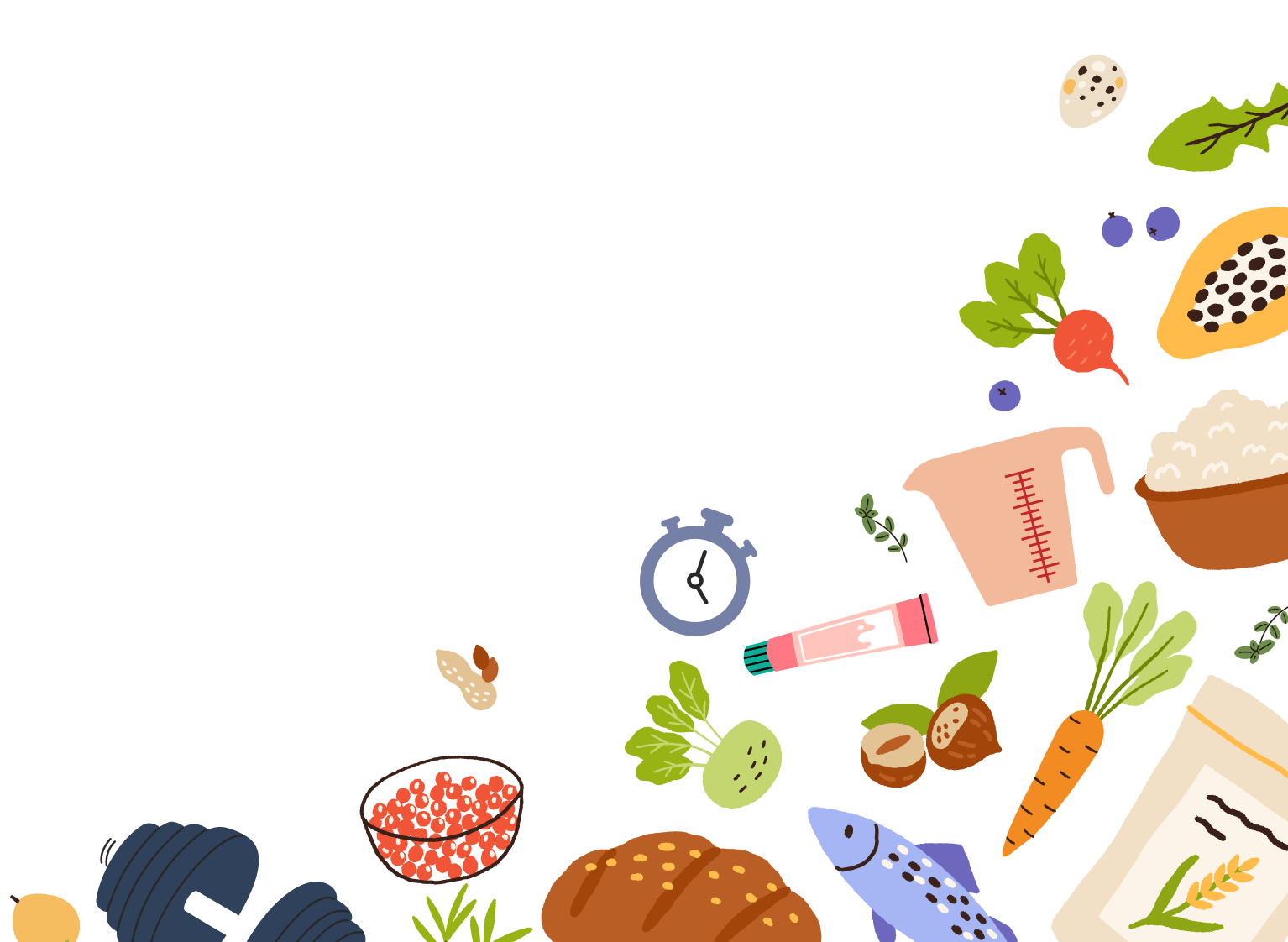FODMAPs and Tea, Where’s the Link?
FODMAP stands for fermentable oligosaccharides, disaccharides, monosaccharides, and polyols, a subset of carbohydrates generally poorly absorbed in the intestines. Before diving into this article, consider reading up on each specific component of FODMAP: fermentable oligosaccharides, disaccharides, monosaccharides, and polyols.
Unfortunately, FODMAPs are in pretty much everything, including tea! There have been several studies examining the FODMAP content of tea, and results indicate actual amounts of FODMAPs will vary (depending on tea type, brand, extra additives or flavors, etc), but are likely present nonetheless. Monosaccharides (i.e., glucose), disaccharides (i.e., sucrose), and polyols (i.e., mannitol) have consistently been detected in several different types of tea, including black, green, white, oolong, yellow, and dark teas. Interestingly enough, whether a tea is organic or not has no impact on the amount of FODMAPs present.
If you are a frequent tea-drinker who is also suffering from irritable bowel syndrome (IBS), or are already adhering to a Low FODMAP diet, fear not! There are various FODMAP-friendly options when it comes to tea. Before we dive in, one additional factor to consider: the American Gastroenterological Association recommends that patients with IBS restrict tea and coffee intake to no more than 3 cups per day, as caffeine may worsen IBS symptoms.
Sipping Safely: FODMAP-Friendly Tea Choices
As a reminder, with all things FODMAP-related, the goal is not necessarily to eliminate FODMAPs completely, but to reduce your intake significantly enough to improve IBS or other gastrointestinal symptoms. Keep in mind that tea additives, such as honey, simple syrups, powders, and other sweeteners, will alter the FODMAP content of the tea. Going forward, we’ll explore naturally Low FODMAP teas and identify teas to approach with caution, assuming no other additives are incorporated. When in doubt, always brew a ‘weak’ pot of tea and dilute it further if desired; at the very least, this will reduce the FODMAP content. Serving sizes are available on the Monash University FODMAP Diet App for the teas listed below.

Deliciously Low FODMAP Tea Accompaniments
As mentioned above, monosaccharides (i.e., glucose), disaccharides (i.e., sucrose), and polyols (i.e., mannitol) are typically present in teas. However, these are also likely included in your potential tea additives. The use of any artificial sweeteners, table sugar (also including brown or raw sugar), maple syrup, agave, or honey will increase the FODMAP content of your beverage. A Little Bit Yummy, a website stocked full of dietitian-reviewed FODMAP recipes, highlights some Low FODMAP milk (and milk-alternative options) that could be added to your tea without compromising your digestive tract or your progress through the elimination diet. Some Low FODMAP milk and milk alternatives include almond milk, soy milk, lactose-free milk (such as Lactaid), macadamia nut milk, and hemp milk, among others.
What about sweeteners? These are still doable, and with the correct serving sizes, can lend to a Low FODMAP cup of comfort. Instead of honey or agave, consider maple syrup or stevia for a lower-FODMAP profile. High-fructose corn syrup should be avoided entirely; table sugar is a better Low FODMAP alternative. Better yet, follow these steps outlined by NPR to enjoy your tea as our cousins across the pond do, with a splash of milk and a squeeze of a lemon!
No cup of tea is complete without a (Low FODMAP) biscuit. Consider purchasing Low FODMAP snack bars or making a Low FODMAP blueberry crisp from scratch. Whether you are shopping for a tea-worthy snack or exploring tea brands in-store, keep an eye out for FODMAP certifications. There are currently two certifying bodies for FODMAP foods: Monash University and the FODMAP Friendly program. This means both organizations pay a third party to complete the extensive testing required to detect FODMAPs. Once this testing has been completed, the logo of either FODMAP Friendly or Monash University will be displayed on the product (typically on the back near the nutrition label). Learn more about FODMAP certifications here, and happy tea-time!
-
Chey, W. D., Hashash, J. G., Manning, L., & Chang, L. (2022). AGA Clinical Practice Update on the Role of Diet in Irritable Bowel Syndrome: Expert Review. Gastroenterology, 162(6), 1737-1745.e5. https://doi.org/10.1053/j.gastro.2021.12.248
-
Low FODMAP Diet App | Monash FODMAP - Monash Fodmap. (n.d.). www.monashfodmap.com. https://www.monashfodmap.com/ibs-central/i-have-ibs/get-the-app/
-
Scott, A. (2015, September 19). Low FODMAP Milk Options. A Little Bit Yummy. https://alittlebityummy.com/blog/low-fodmap-milk-options/
-
Shevchuk, A., Megías-Pérez, R., Zemedie, Y., & Kuhnert, N. (2020). Evaluation of carbohydrates and quality parameters in six types of commercial teas by targeted statistical analysis. Food research international (Ottawa, Ont.), 133, 109122. https://doi.org/10.1016/j.foodres.2020.109122
-
Whitehead, N. (2019). NPR Choice page. Npr.org. https://www.npr.org/sections/thesalt/2015/06/30/418660351/high-tea-afternoon-tea-elevenses-english-tea-times-for-dummies




















Comments
Join The Conversation...